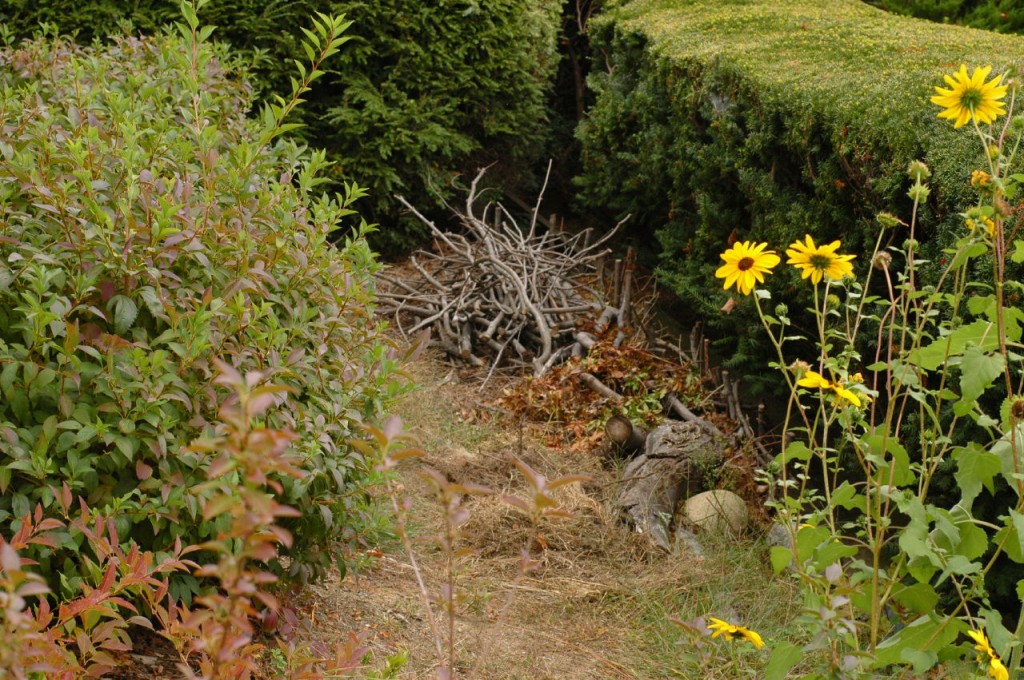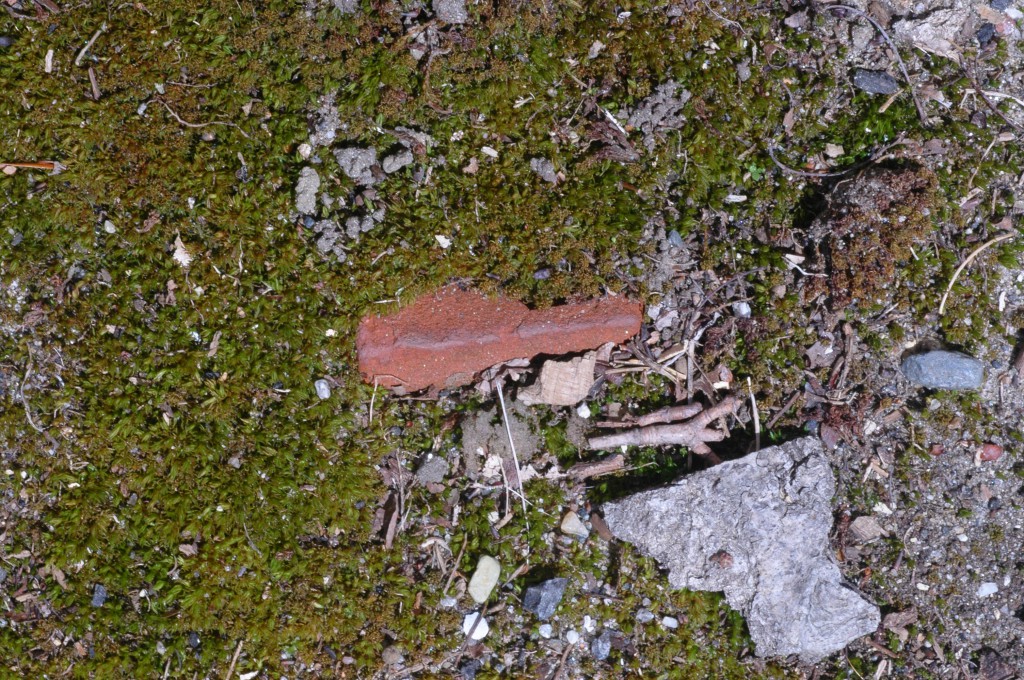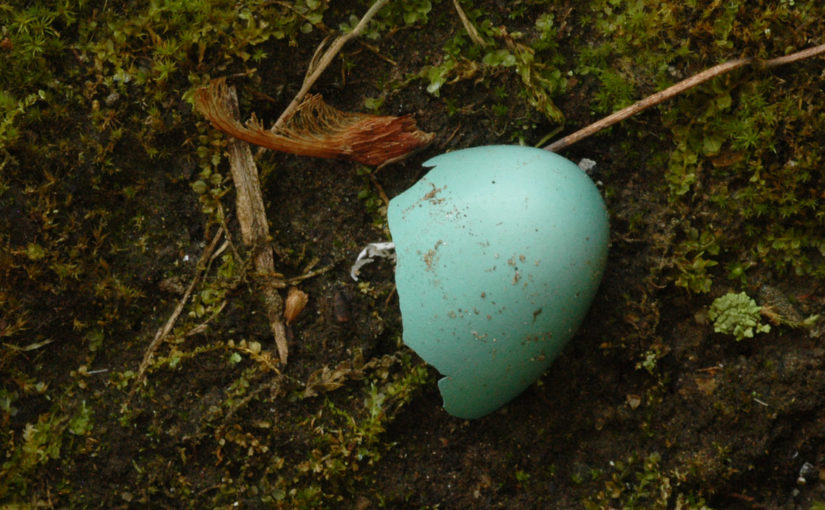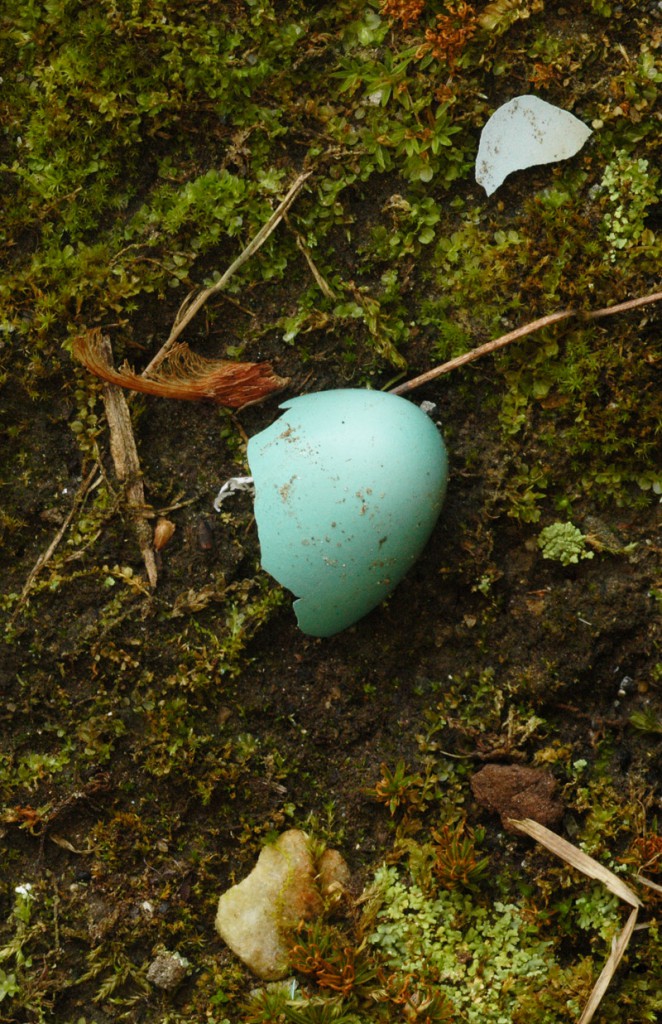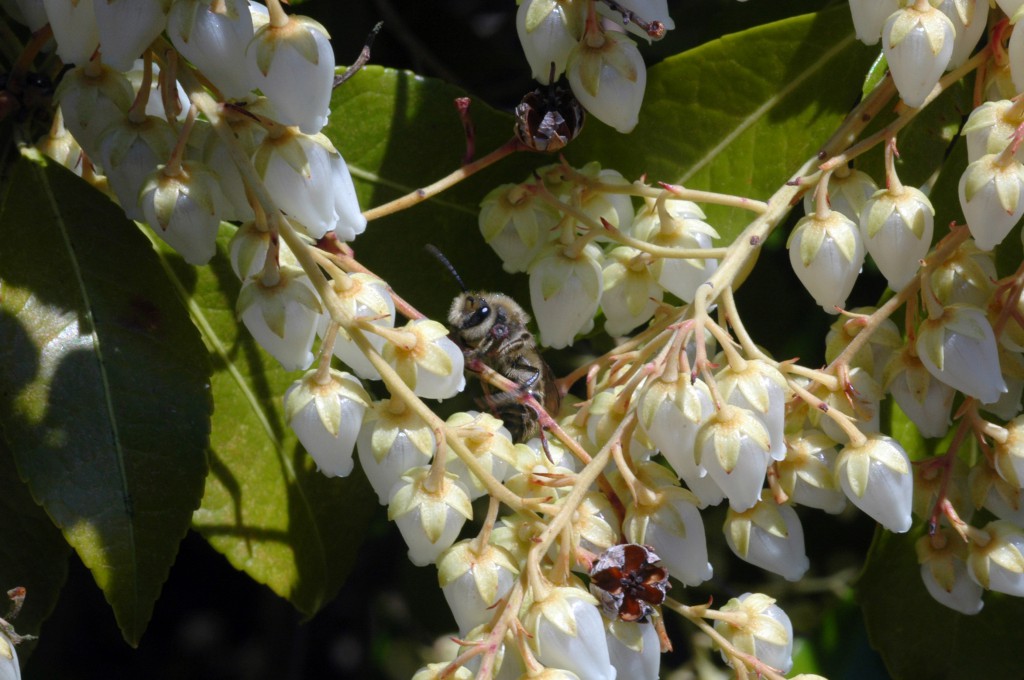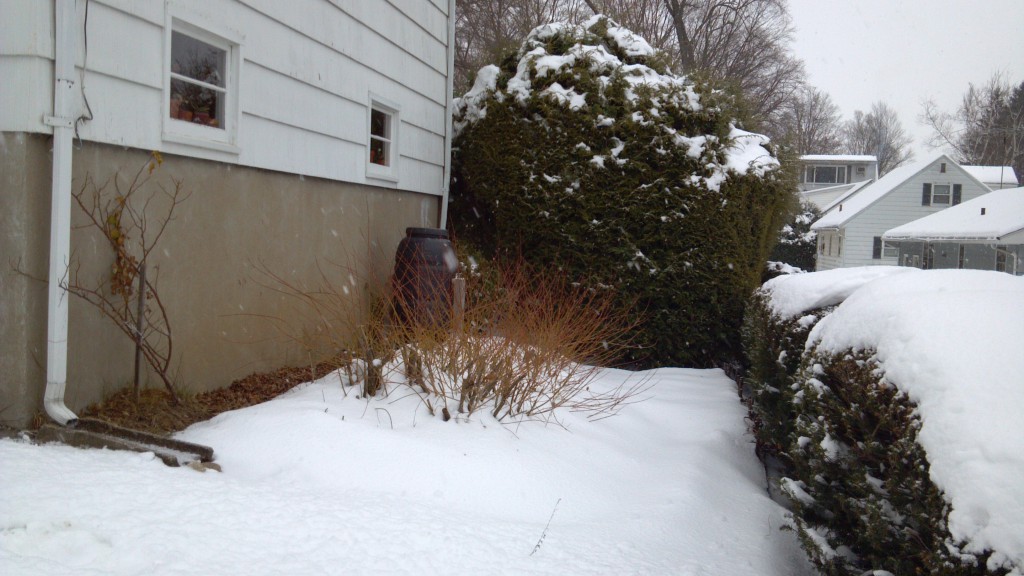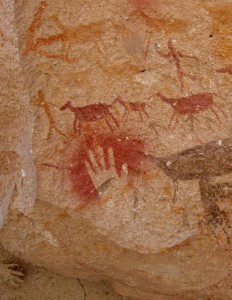It’s been a busy 16 months. I’ve had a baby girl, taught Introduction to Robotics at Mount Holyoke College, and continued to apply permaculture techniques to our land. Christine asked me the other day why my technology blog had veered so far into gardening before going quiet. I see the garden and all the living creatures in it as being intimately connected with technology – a showcase and a test bed. To wit:
This spring I tapped the row of maple trees on our property. By some accounts Native Americans got 17% of their calories from maple sugar, and I have been wanting to try my hand at it. This year I got a jump and ordered the taps and tubes in December, so that when the temperatures started climbing above freezing by day I would be ready.
My mother recently completed her chemotherapy and had her port removed. This was on my mind as I inserted ports, aka spiles, into my maple trees and began collecting fluid. I’ve gathered about 3 gallons of sap so far. The biggest surprise is how tasty it is when it’s only been boiled down about 25%. It has all sorts of subtle flavors beyond sweet that put me in mind of birch beer.
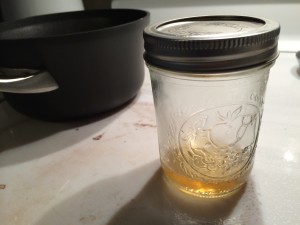
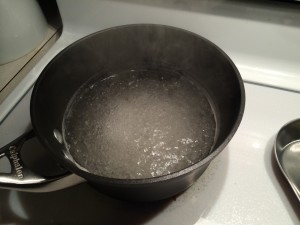
The process of tapping also forced me to look closely at my trees. Most of them are quite robust and are putting out a good amount of sap, but two had enough signs of distress that I chose to pass them by. One is just getting on in years and being taken over by moss. The other has a narrow fork that looks like it is starting to rot out. Both of these trees had their roots exposed by decades of poor soil management, and will probably have to come down in the near(ish) future.
In the meantime I’ll keep the sap boiling and continue to enjoy all the health benefits of locally-sourced, sustainably produced, small batch artisanal maple water and maple syrup.


